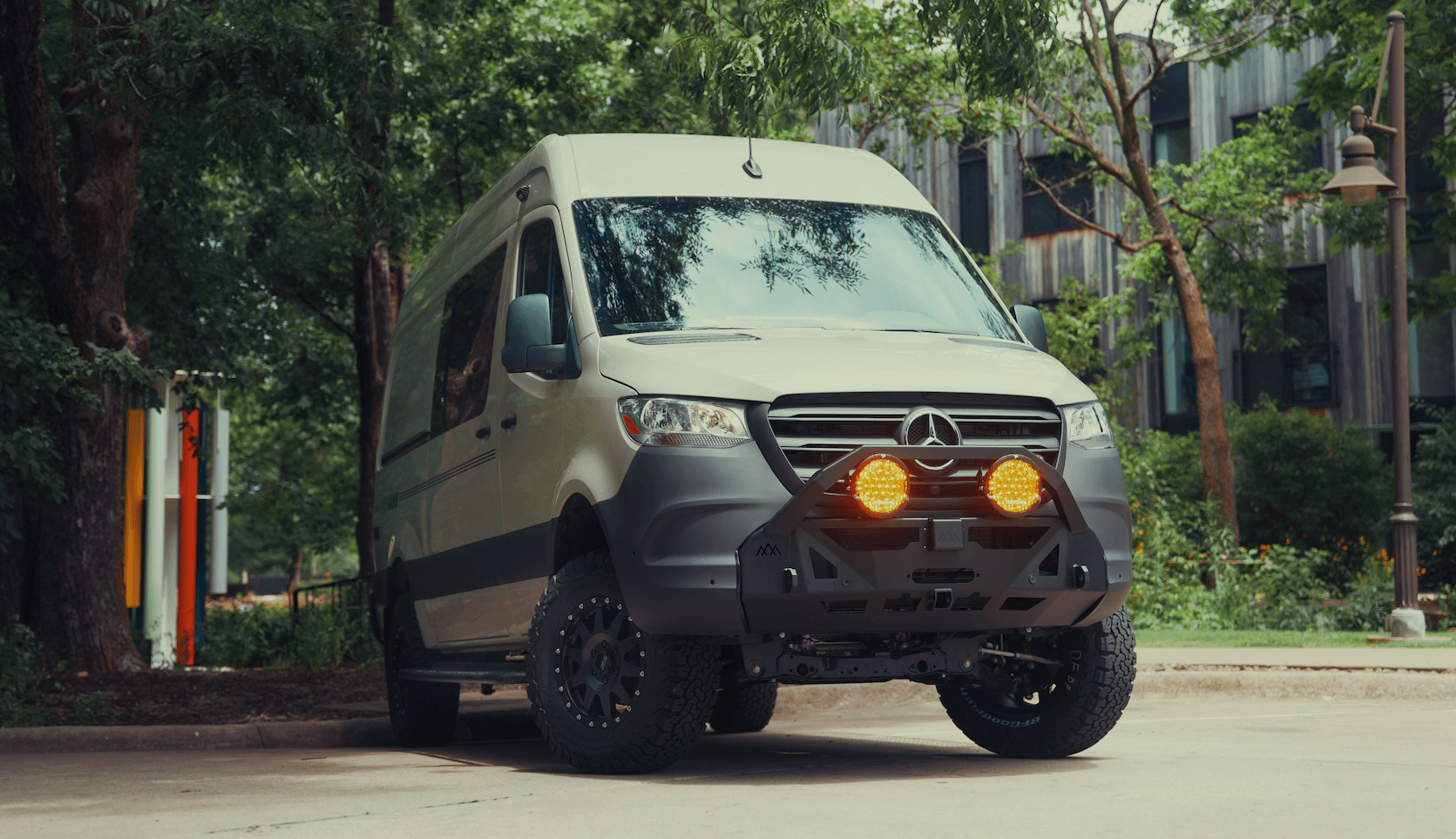Recreational Vans

Night safety is a series of small decisions that stack into calm. Start with location. Arrive before dark so you can read the area. Look for sightlines, exits, cameras, and activity patterns. Favor well lit places with balanced foot traffic, not empty and not chaotic. Trust the feeling in your chest. If anything seems off, move.
Keep a low profile once parked. Close window covers, reduce interior light spill, and mute exterior lighting. Avoid announcing your gear or itinerary to strangers. Set your phone to silent but keep emergency alerts on. Stage keys, shoes, and a small go bag by the driver seat so you can leave quickly.
Lock every door and confirm it by touch. If your vehicle has separate compartments, lock those as well. Keep valuables out of sight and out of reach. Do a quick scan before sleep. Note cross streets, the nearest 24 hour business, and at least two exit routes. Program local emergency numbers. In the United States that includes 911 and the non emergency line for the local jurisdiction.
Use a simple loop. Observe from a distance. Circle the block or the lot, then park with your front pointed toward an exit. Avoid tight corners, dead ends, and spots that require complex maneuvers to leave. Watch for broken glass, tagging, or loitering that signals recent trouble. If you are in a remote area, consider wind direction, high ground, and water runoff in case the weather turns.
Layered security works best. Think of time, noise, and visibility. You want an intruder to need more time, make more noise, and risk being seen. Use quality door locks and add secondary measures like wedges or simple interior latch upgrades. A modest motion light or a soft perimeter light can signal activity without broadcasting your presence.
Build two routines. A settle routine and a depart routine. The settle routine includes locking doors, closing covers, placing keys, and setting quiet hours. The depart routine is a practiced sequence. Unplug, stow loose items, start the engine, and roll. Practice both routines in daylight so they are effortless at night.
A small first aid kit should be within reach. So should a flashlight with a red mode to preserve night vision. Keep power banks charged. Download offline maps. Share your location with a trusted contact and set check in times. If you run, hike, or walk a dog after dark, add a reflective band and a small light to be seen without becoming a beacon.
Think like water following the easiest path. Remove easy opportunities. Install window shades that fit snugly. Add storage that locks. Use cable locks for bikes or gear outside. Keep the immediate area tidy and free of trip hazards. If you use a campfire or stove, maintain a clear perimeter and have water ready. Place a fire extinguisher where you can reach it from the bed and the door.
If vibes shift, act early while stress is low. Sit up, listen, and take a long slow breath. Turn the key, lights on low, and move to a safer spot. There is no prize for toughing it out. If someone knocks unexpectedly at night, do not open the door. Speak through a closed window. If needed, state that you are calling for help and do so.
Know when to involve authorities. Report aggressive behavior, attempted entry, or stalking. Note details like vehicle plates, clothing, and direction of travel. Use well lit public spaces as temporary safe harbors. Gas stations, large grocery stores, and hospitals often have cameras and people awake at all hours.
Clear boundaries keep you safe and calm. Use confident, neutral language. Do not argue. Do not volunteer details about who you are or where you are headed. Create distance, move to light, and prioritize leaving over winning a conversation. If you are with a partner or family, assign roles ahead of time so no one is guessing.
To recap the essentials for night safety, keep your choices simple and repeatable.
If your travels revolve around long days on trail and quiet nights in the rig, a well planned cabin and electrical system can make safety second nature. Thoughtful lighting, secure storage, and reliable power reduce the stress that often creates risk.
For travelers exploring a build path, review our recreational vans to see how cabin layouts influence safety. If you want a rig designed around your route and sleep style, explore custom build a van. If you need a platform that qualifies for financing, look into our financeable mainstream vans.
Night safety is easier when your vehicle is built with quiet, secure nights in mind. OZK Customs designs and delivers adventure vans with balanced lighting, strong storage, and smart power so you can settle, sleep, and go without friction. Tell us how you travel and we will map a build that fits your nights and your miles. Submit the form to start your plan.
Ready to feel confident after dark in a purpose built rig engineered for real world safety. Tell us how you travel and we will design a quiet, secure cabin, balanced lighting, and smart power that work together. Submit the form to start your custom plan with OZK Customs.
ADDRESS:
6159 E Huntsville Rd, Fayetteville, AR 72701
PHONE:
(479) 326-9200
EMAIL:
info@ozkvans.com